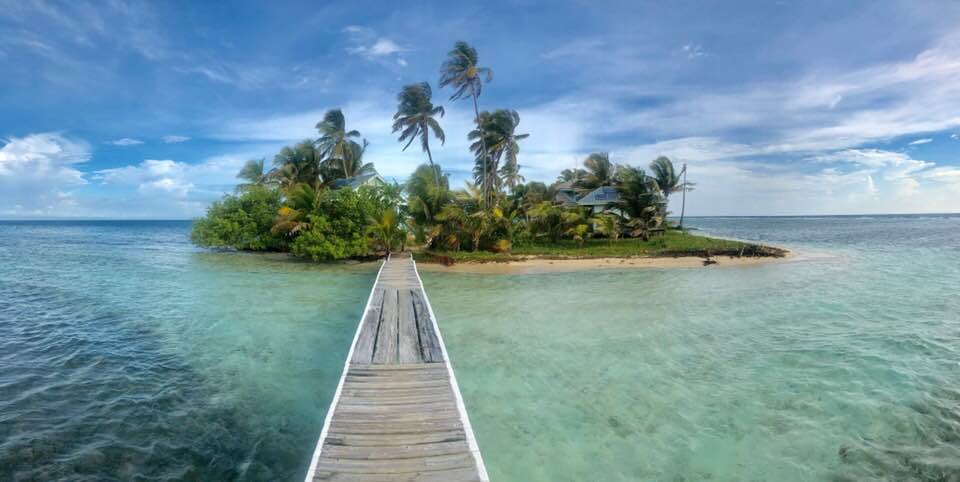Sun-Mar is proud to support researchers at the Smithsonian’s Caribbean Coral Reef Ecosystems (CCRE) program by providing comfortable, easy-to-use toilets to help them protect and study vulnerable ocean habitats. Nestled on Belize’s Meso-American Barrier Reef, researchers at the CCRE’s Carrie Bow Cay Field Station have spent over forty years studying the local coral reef system. The field station serves as a permanent site of the Smithsonian National Museum of Natural History’s Tenenbaum Marine Observatories Network (TMON), a network of sites that reaches around the globe and studies the biology, ecology and geology of coral reef systems.
Located 15 miles offshore, visitors to the location have access to the full facility, including vessels, diving facilities, seawater tables and laboratory space. On the island itself, there is housing for scientists and staff members, a library, hot showers, and access to a combination of solar and generator electricity among other amenities.
With immediate access to fragile ecosystems like mangrove islands, reef environments and seagrass habitats, the Carrie Bow Cay Field Station required bathroom facilities that would prevent the area from being negatively impacted by sanitation waste. “With teams working at the station year-round, having access to toilets was a big concern. The environment the teams were working in had to be protected. We were happy to work with Zach and his team at the CCRE to determine which unit would work best for them, and to make sure Sun-Mar’s composting toilets provided premier bathroom facilities while protecting the fragile environment.”, says Rehan Shah, Sun-Mar Sales.
Given the remote location, the Excel NE was the best solution with its waterless, self-contained operation and significant capacity. When asked why the CCRE chose Sun-Mar for use by researchers visiting the island, Zachary Foltz, CCRE Station Manager and Dive Safety Officer said, “I installed the Sun Mar Excel NE units at our facility because they seem to be the most reliable option for an off-grid situation. I have been using the Excel units for approximately 10 years and they have worked well.”
About The Caribbean Coral Reef Ecosystem and the Smithsonian National Museum of Natural History
The Smithsonian Institution has recently posed some big questions in its Strategic Plan and challenged its hundreds of scientific researchers to answer: How biologically diverse is the Earth? What does the planet’s history teach us about the global impacts of environmental change today? And how can we ensure the survival of habitats and ecosystems that are so crucial to human life and well-being? The Caribbean Coral Reef Ecosystems Program and its field station at Carrie Bow Cay will continue to be a vital resource to the scientific community as it seeks answers to these challenging questions.


